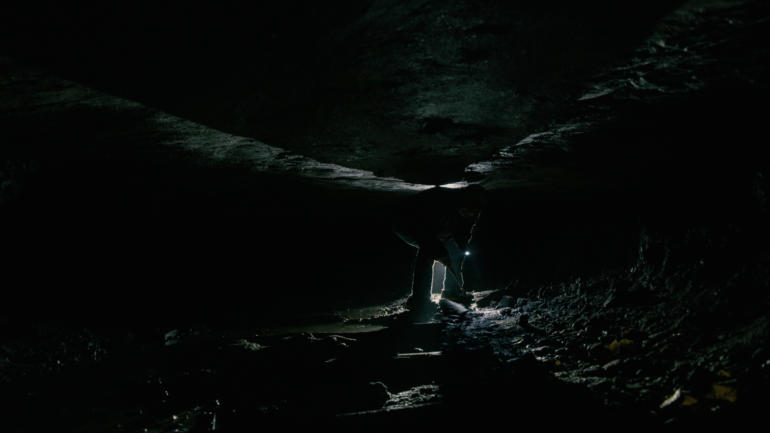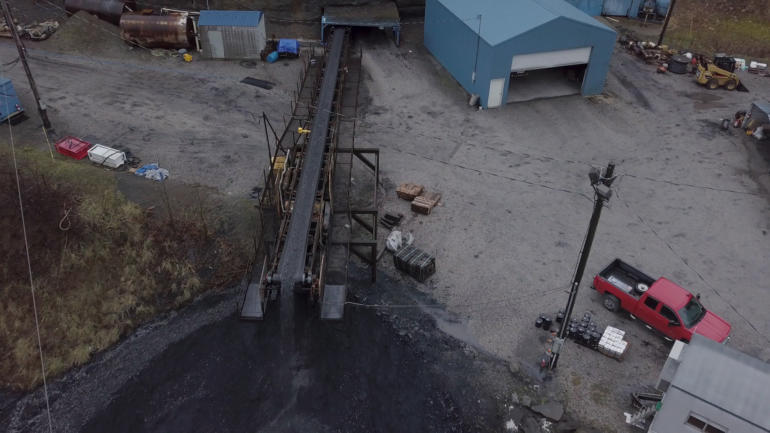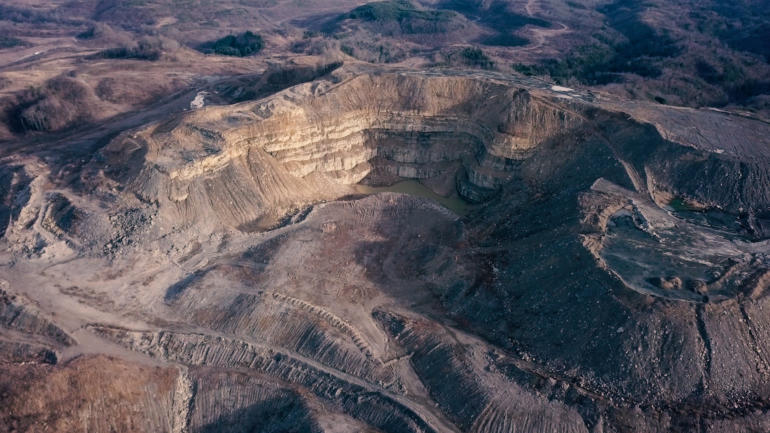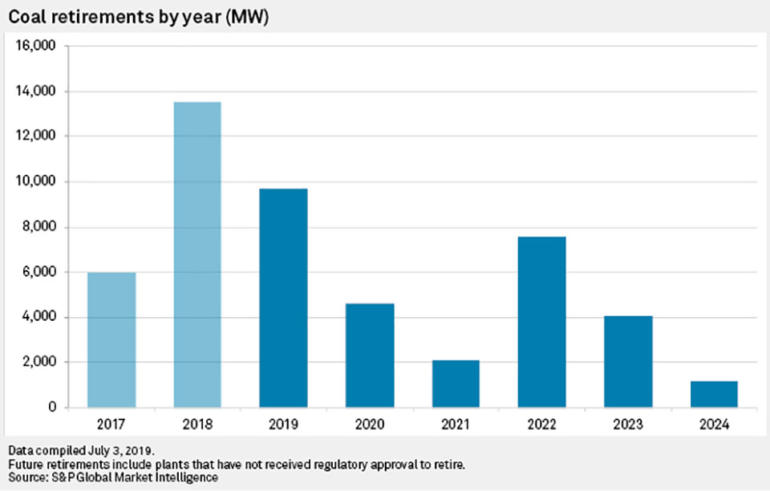
An industry which once saw America’s rise is now in sharp decline.
Coal mining is ingrained in the Appalachian identity. As this region of the Eastern United States lagged in economic development, coal mining became its crutch, offering the only means of making living to thousands of Americans.
With environmental and profitability concerns on the rise; can this way of life survive?
Year-over-year cost effectiveness, environmental damage and health concerns from coal’s use and extraction is causing it to fall out of favor in the United States and abroad.
Black Cloud tells the tale of those who cannot imagine life without coal even though its mining places their lives in direct danger.
WATCH
DIRECTOR Q&A | JASON MOTLAGH
 What made you want to tell the story of the American miner?
What made you want to tell the story of the American miner?
Coal played an integral role in the US’ rise as a global power, and today it’s a dying industry with a toxic legacy—few would dispute that. But lost in a lot of the scapegoating are the mining communities that have sacrificed so much and been left with so little. If coal’s days are numbered, the transition to a new economy in depressed, neglected parts of coal country needs to be actively supported, not forsaken. To paraphrase one interviewee, “We understand that we have to move on, we just don’t wanna to be choked out.”
What makes this story an ongoing issue in the US?
Black lung disease is coming back with a vengeance. As the coal industry fades, a public health crisis is gathering in Appalachia that will saddle already struggling communities with a huge social burden. Coal companies and their enablers in power who claim to champion the working class shoulder a lot of responsibility. Yet they continue to downplay the crisis and undermine miners’ efforts to secure health care and compensation. Greater awareness, accountability and investment are needed right now.
What did you find most challenging about telling this story?
Appalachians – and coal miners in particular – are often reduced to caricatures in the media. They are, rightfully, wary of outside journalists who come in for short periods and purport to understand the region and its culture. So in our interviews and dealings with miners, we tried to stress that we had no political agenda, no hard thesis that we needed to bear out in our film. If anything, we wanted to muddle stereotypes by sharing personal, unfiltered stories that highlighted both the gift and the curse of coal. And we were graciously received by all.
Was there anything about this story that surprised you?
The scale and severity of the black lung epidemic. It’s bad, and will only get worse as desperation pushes the industry to mine areas where coal seams are mixed with silica-rich rock, a dangerous combination. Also, the remoteness of eastern Kentucky – we had no reliable phone or internet connection for much of our trip.
Do you believe public knowledge of the miners’ plight will help their cause?
I like to think so. Whatever one’s politics, the staggering toll of black lung and environmental degradation should be alarming to everyone. But in the current climate -- with the country polarized and media consumed in silos that tend to confirm biases rather than challenge them -- I’m not sure the miners' message will resonate as widely as it should.
DOCUMENTARY SELECTS

Claustrophobic? Depicted is a raised mine. Miners work in spaces too restrictive to stand. Sometimes even having no choice but to army crawl.

Traditionally an unpredictable industry, miners often go long stretches between work. A problem compounded upon by the regular closure of mines.

The risks of working in a coal mine include collapse, asphyxiation and notably the Black Lung; an incurable respiratory illness caused by long term exposure to coal dust.

Regardless of how it is extracted, coal plays a leading role in environmental damage through the creation of greenhouse gasses.

Though surface mining allows for safer work conditions; this method of coal extraction employs far lesser people but causes more devastating environmental damage.
U.S. COAL PLANT CLOSURES | S&P GLOBAL

 CGTN America
CGTN America
